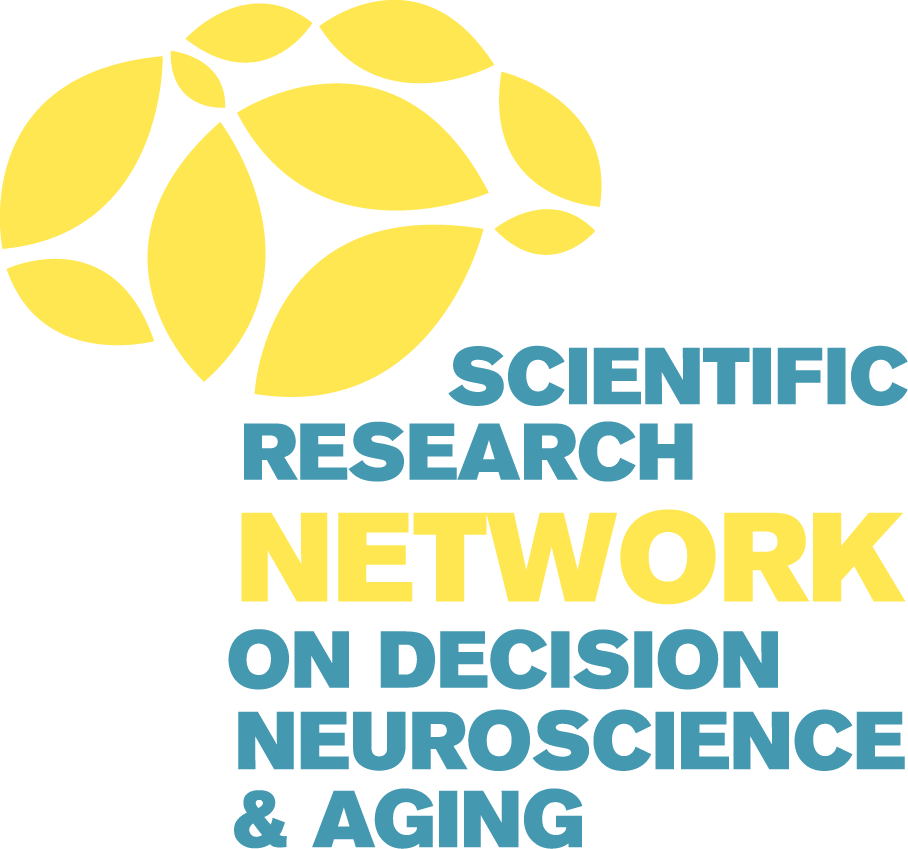2014 Pilot Grants
Feedback-based learning in aging: Specific contributions of striatal and hippocampal systems
NICHOLE LIGHTHALL (POST-DOCTORAL FELLOW, CENTER FOR COGNITIVE NEUROSCIENCE, DUKE UNIVERSITY), ROBERTO CABEZA (PROFESSOR OF PSYCHOLOGY AND NEUROSCIENCE, DUKE UNIVERSITY), SCOTT HUETTEL (ASSOCIATE PROFESSOR OF PSYCHOLOGY AND NEUROSCIENCE, DUKE UNIVERSITY), JOHN PEARSON (POSTDOCTORAL ASSOCIATE, CENTER FOR COGNITIVE NEUROSCIENCE, DUKE UNIVERSITY).
AWARD DATES: 9/1/14 – 3/30/15
Summary: Learning plays a central role in decision making across the life span, and appears to mediate age differences in specific decision making domains including risk taking. These age differences may result from decline in brain regions that represent feedback-based learning signals. The striatum is commonly implicated in feedback-based learning, but a growing number of studies indicate that feedback learning is also dependent on the hippocampus. Age-related change to these brain regions may explain age differences in feedback-based learning and decision making, as the striatum and hippocampus both decline in normal aging. However, age differences may be more pronounced with greater reliance on the hippocampus, as behavioral research strongly suggests greater decline in hippocampal versus striatal functions. The proposed study will investigate age differences in striatal- and hippocampal-supported feedback learning using functional magnetic resonance imaging (fMRI). The study will utilize a feedback-based learning task that includes different levels of delay between choice and outcome. A recent fMRI experiment with younger adults, found that adding a delay between choice and outcome resulted in a shift in learning signals from the striatum to the hippocampus.Our research will expand on these findings in two ways. First, by directly comparing neural correlates of feedback-based learning in younger and older adults. And second, by adding post-learning behavioral tasks that will shed light on the relationship between learning signals in the brain and decision outcomes. Specifically, the current study will determine whether neural correlates of feedback-based learning predict inter-individual differences in cue preferences, accuracy of explicit outcome-probability estimates, and choice behavior (willingness-to-pay).
Publication:
Lighthall, N. R., Pearson, J. M., Huettel, S. A., & Cabeza, R. (2018). Feedback-based learning in aging: Contributions and trajectories of change in striatal and hippocampal systems. Journal of Neuroscience.
The role of oxytocin in prosocial decision making in aging across humans and monkeys
STEVE CHANG (ASSISTANT PROFESSOR OF PSYCHOLOGY, YALE UNIVERSITY), NATALIE EBNER (ASSISTANT PROFESSOR, DEPARTMENT OF PSYCHOLOGY, UNIVERSITY OF FLORIDA).
AWARD DATES: 9/1/14 – 3/30/15
In social environments, humans are routinely faced with decisions concerning self and others that directly determine the nature of their social interactions. The nine-amino acid neuropeptide OT has been proposed to centrally mediate various social processes, such as pair-bonding in monogamous voles, social memory formation in mice, prosocial behavior in monkeys, mother-infant affiliation in humans, as well as modulate more complex behaviors such as trust formation in humans. Across species, it is important to note that although most OT-mediated behaviors are categorically prosocial, OT sometimes controls neural signals that trigger antisocial actions as well depending on individuals, gender, and social contexts. Thus, it is critical to view the peptide as a neuromodulator either amplifying or attenuating neural circuit operations primed by context-specific factors. Recently, we have shown that increasing OT level in the brain via OT inhalation (confirmed by cerebrospinal fluid draws) enhances both prosocial decision preference as well as self reinforcement in rhesus macaques depending on decision context. In this proposal, we will extend our paradigm to examine the neuroendocrinological basis of prosocial decision making in aging. Critically, we will apply a parallel platform across humans and monkeys to establish a new cross-species collaboration aimed at supplementing our understanding of the neural basis of decision making across the adult lifespan with the strength of neurobiological investigations in animals.
